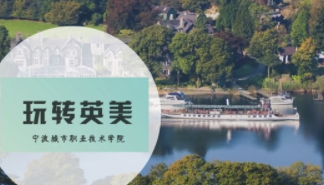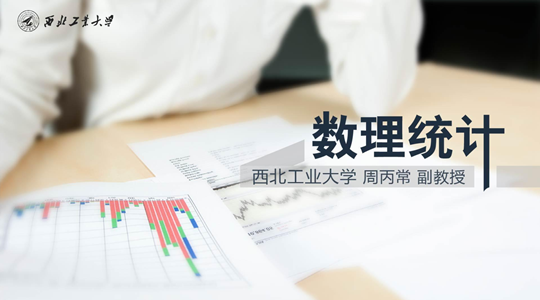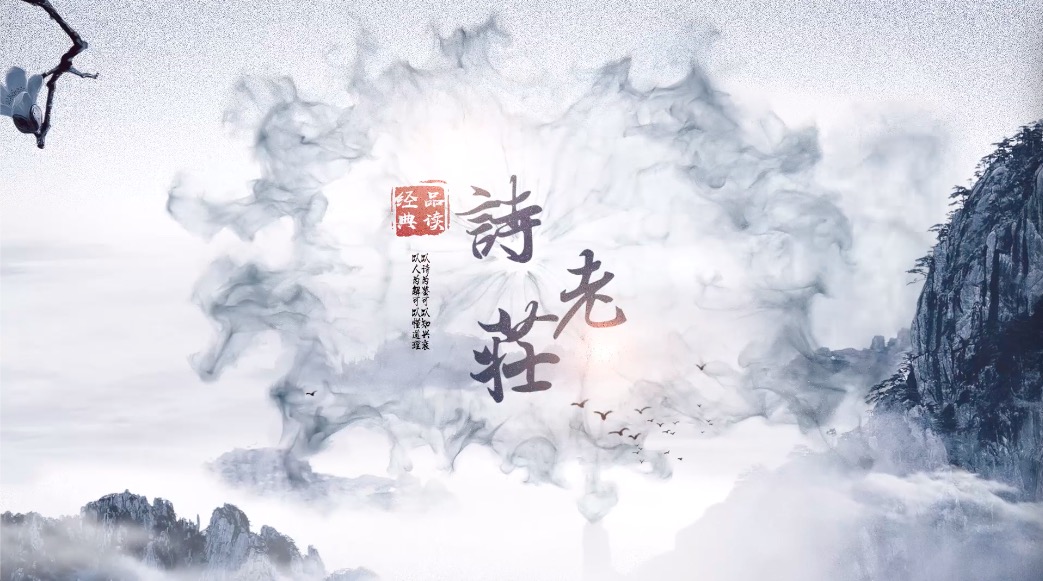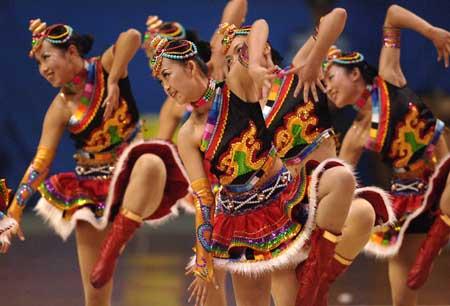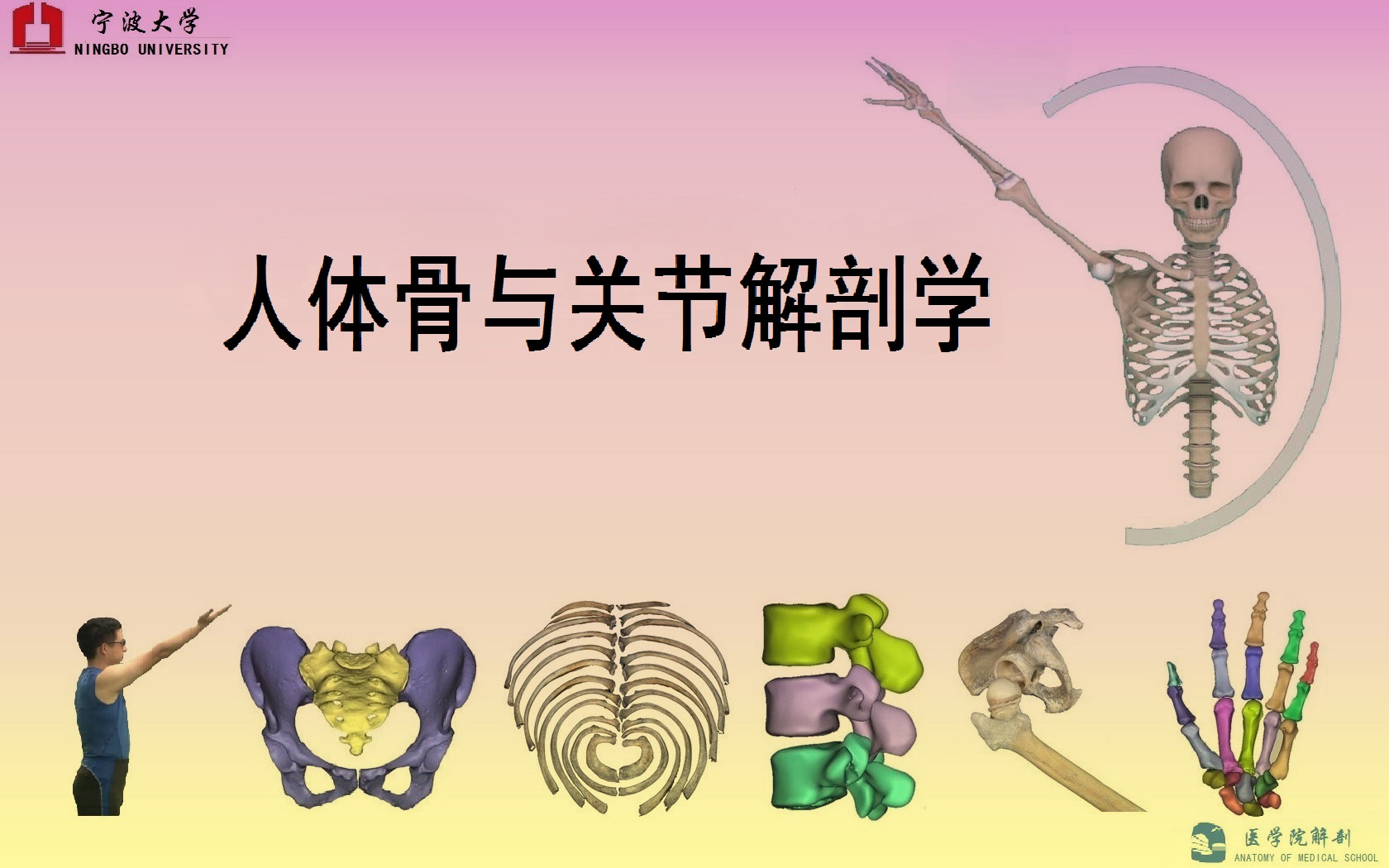
当前课程知识点:Approaching the Mysterious Traditional Chinese Medicine > Chapter 4 The Dispute of Varieties > 4.1 Two Musketeers for Dryness and Removing Phlegm (Banxia, Tiannanxing) > 4.1.2 The Three Musketeers of Araceae family
返回《Approaching the Mysterious Traditional Chinese Medicine》慕课在线视频课程列表
Chapter knowledge
1.The origin of Banxia’s name
2.Banxia’s Character
3.Banxia’s efficacy
4.Banxia’s specifications of processing
5.The character of Shuibanxia
6.Tiannanxing’s character
7.Tiannanxing’s efficacy and specifications of processing
1.The origin of Banxia’s name
Banxia's name came from the explanation in Jijiu Pian, written by Yan Shigu, which claimed that "Banxia's seedlings grow out in May, which is the middle of the summer and that's where its name came from".
2.Banxia’s Character
Banxia is mostly round or oblate,usually not more than 2 cm in diameter. It's white,
the center has a hollow yellow-brown stem mark,surrounded by a dense brown pitted root mark, and the upper end is blunt round and smooth.It's solid, dense and the fracture surface is powdery.The taste is stimulating to the throat and may get the tongue numb.
3.Banxia’s efficacy
The raw Banxia is mainly used as external medicine for its role of removing the swelling and pain. On the contrary, the processed Banxia is mainly taken orally. The usually specifications of processing include Jiangbanxia, Qingbanxia and Fabanxia.
4.Banxia’s specifications of processing
Qingbanxia is soaked or boiled or pickled with 8% alum water, which would eliminate the side effect of being stimulating to the throat, and reduce its toxicity.
Therefore,Qingbanxia is mainly used for drying dampness and resolving phlegm.
Jiangbanxia is boiled with ginger alum water,pickled and steamed or cooked with ginger. The juice of ginger would reduce the toxicity of Banxia and strengthen its efficacy of warming the middle.So it is mainly used for warming middle, resolving phlegm, descending adverse qi and arresting vomiting.
Fabaxian was made by adding lime and licorice juice.It was mainly used to dispel cold phlegm and wet phlegm,and it also had the function of regulating and harmonizing spleen and stomach.
5. The character of Shuibanxia
Shuibanxia is the tuber of Typhoniumflagelliforme. Shuibanxia are elliptic, conical or semicircular in shape with a white or yellowish but not smooth surface and lots of faintly visible pointy root marks. Its upper end is like a circle with raised bud marks;while the lower end is slightly pointed,shaped like Litoujian.Its texture is firm and the broken section is powdery. Additional,it is spicy, tongue-tingling and throat piercing.
The content of main components of β-sitosterol,amino acid, oleic acid and inorganic elements in Banxia are different.The toxicity of Shuibanxia was about 3.2 times stronger than that of Banxia, while the efficacy of relieving cough and vomit of Banxia were stronger than those of Shuibanxia. Therefore, Banxia and Shuibanxia are two different herbs, which cannot be replaced by each other.
6. Tiannanxing’s character
The crude drug of Tiannaxing was oblate, 1 - 2cm high and 1.5 - 6.5cm in diameter, which was significantly larger than Banxia.The surface is off-white or light brown in color, smooth, with hollow stem marks at the top and pitted root marks around. Additional,some tubers even have small oblate lateral buds around. It's hard, not easily broken,has uneven white powdery cross sections,slightly spicy smell and hot tastes.
7.Tiannanxing’s efficacy and specifications of processing
Tiannanxing is also toxic,and the poisoning can lead to tongue, throat itchy and hot, swelling, or even as serious as suffocation and respiratory stop.Its toxicity is stronger than Banxia. Therefore, the internal medicine should be processed, usually adding alum, ginger and other auxiliary materials to reduce its toxicity and enhance its function of drying dampness and resolving phlegm.
And the product is usually called as Zhinanxing.Tiannanxing has another commodity specification called Dannanxing, whose traditional processing method is to grind the Tiannanxing into powder,mix with the ox bile and store for a long time.
Due to the long processing cycle of traditional processing methods,it is now improved by adding Zhinanxing to ox bile and steaming the mixture slightly.
Dannanxing has the efficacy of clearing heat and resolving phlegm as well as settling the wind-cold and sudden fright. It's mainly used for healing syndrome of phlegm-heat and stirring wind convulsion,madness and phlegm-heat cough.
返回《Approaching the Mysterious Traditional Chinese Medicine》慕课在线视频列表
-The nature, purpose and requirements of the course
-Introduction assignment
-1.1 The Magic Herb Renshen-Murder not Condemned
--1.1.2 The efficacy of Renshen
--Section test
-1.2 The Brilliant General Dahuang-Rescuer not Credited
--1.2.1 The previous life of Dahuang
--1.2.2 The efficacy of Dahuang
--Section test
-1.3 Dihuang-A Good herb Tonifying Blood
--1.3.1 Talk about the past and present of Dihuang
--1.3.2 Talking about fresh, dry, unprocessed, and prepared four categories of Dihuang
--1.3.3 A dual use of prepared and unprepared Dihuang
--Section test
-1.4 Fuzi-A Good and Evil herb
--1.4.1 Jiangyou’s Fuzi Comes from Longan’s Seed
--1.4.2 Different product specifications of Fuzi spring from the selfsame root
--Section test
-Chapter 1 assignments
-2.1 A Large Family of Wutou
-- 2.1.2 Efficacy of Wutou family members
--2.1.3 Aconitine's toxicity is a double-edge sword
--Section test
-2.2 Two Similar Medicines that Hit Home (Caowu, Chuanwu)
--2.2.1 The Best Poison in Cold Weapon Era
--2.2.2 Past and Present Life of Wutou
--2.2.3 Two brothers with distinct personalities
--Section test
-2.3 Shouwu-A good or Evil Medicine
--2.3.1 The Past Life of Heshouwu
--2.3.2 Heshouwu and the toxin inside of it
--Section test
-2.4 Mahuang-A medicine Good at Inducing Sweat
--2.4.1 Is Mahuang a good or evil herb?
--2.4.2 Wu Yecao- with the efficacy of inducing sweating and astringing sweating
--Section test
-Chapter 2 assignments
-3.1 Tianma- A herb who can run without feet
--3.1.1 The no-feet Tianma escapes
--3.1.2 How does Tianma become a common medicine
--3.1.3 Wind-stabilizing efficacy of Tianma
--Section test
-3.2 Two Valuable Musketeers Living in Desert (Roucongrong, -Suoyang)
--3.2.2 I am ugly, but I am gentle
--Section test
-3.3 Wisdom Parasitic Eaters (Tusizi, Hujisheng)
--3.3.1 Tusizi's intelligent life
--3.3.3 Kissing custom under a Hujisheng
--3.3.4 The diner on the tall building
--Section test
-4.1 Two Musketeers for Dryness and Removing Phlegm (Banxia, Tiannanxing)
--4.1.1 The origin of three childes of the famous family
--4.1.2 The Three Musketeers of Araceae family
--4.1.3 The efficacy of Banxia and Tiannanxing
--Section test
-4.2 Skillful Identification of the Four kinds of Ginger (Jianghuang, Pianjianghuang, Yujin, Ezhu)
--4.2.1 Four sisters of Zingiberaceae
--4.2.2 Characteristics of Zingiberaceae four sisters
--4.2.3 Efficacy of Yujin, Ezhu, Jianghuang and Pianjianghuang
--Section test
-4.3 Mutong-A Good or Evil herb
--4.3.1 The devil hiding behind the quintessence of Chinese culture
--4.3.2 Tracing the Origin of Mutong
--Section test
-4.4 The Brother Medicines with the Same Function (Chishao, Baishao)
--4.4.1 Traceability of Baishao and Chishao
--4.4.2 Source and Processing Differences of Baishao and Chishao
--4.4.3 The efficacy of Baishao and Chishao
--Section test
-Chapter 4 assignments
-5.1 The Whirl Chongcao
--5.1.1 The reason why Dongchongxiacao appears like a worm in winter but a plant in summer
--5.1.2 Why Dongchongxiacao is called "soft golden "
--5.1.3 Character identification of Dongchongxiacao
--Section test
-5.2 The Magic Fuling
--5.2.1 The medicinal and edible efficacy of Fuling
--5.2.2 Fuling is made from the spirit of the roots of pines
--5.2.3 A gentle and modest gentleman of Fuling
--Section test
-Chapter 5 assignments
-6.1 The Dad Who can Give Birth to Child (Haima, Hailong)
--6.1.3 A close relative of Haima—Hailong
--Section test
-6.2 Chantui-Rebirth after Nirnava
--6.2.2 Chantui’s medicinal character
--Section test
-6.3 Tubiechong- Breaking and Dispelling the Static Blood
--6.3.1 The culture and origin of Tubiechong
--6.3.2 Tubiechong’s life and Identification between male and female
--Section test
-6.4 Lurong-Generating the Essence and Tonifying Marrow
--6.4.1 Lurong’s origin and specifications
--6.4.2 There are hundreds of treasures in a deer
--Section test
-Chapter 6 assignments
-7.1 Xionghuang Discussed in the Dragon Boat Festival
--7.1.1 The deworming efficacy of Xionghuang
--7.1.2 The relationship between Xionghuang and vermilion pill
--7.1.3 Identification and characteristics of Xionghuang
--Section test
-7.2 Zhusha-the Finest Medicine for Dispelling Pathogens
--7.2.2 Zhusha and eternal immortal pill
--7.2.3 Zhusha’s specifications and efficacy
--Section test
-Chapter 7 assignments
-Chenxiang-the Priceless Medicine
--8.1.1 The King of the fragrance
--8.1.2 What Chenxiang is and how Chenxiang comes into being
--Section test
--Chapter 8 assignment
